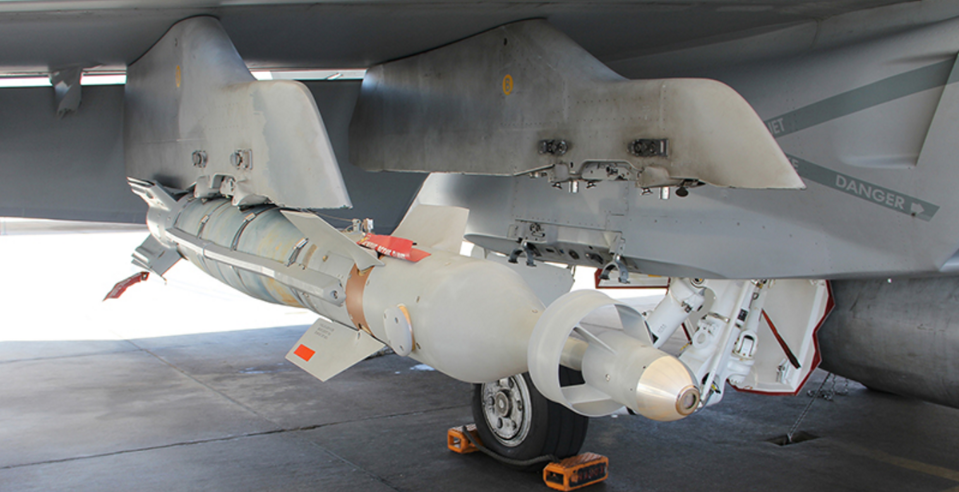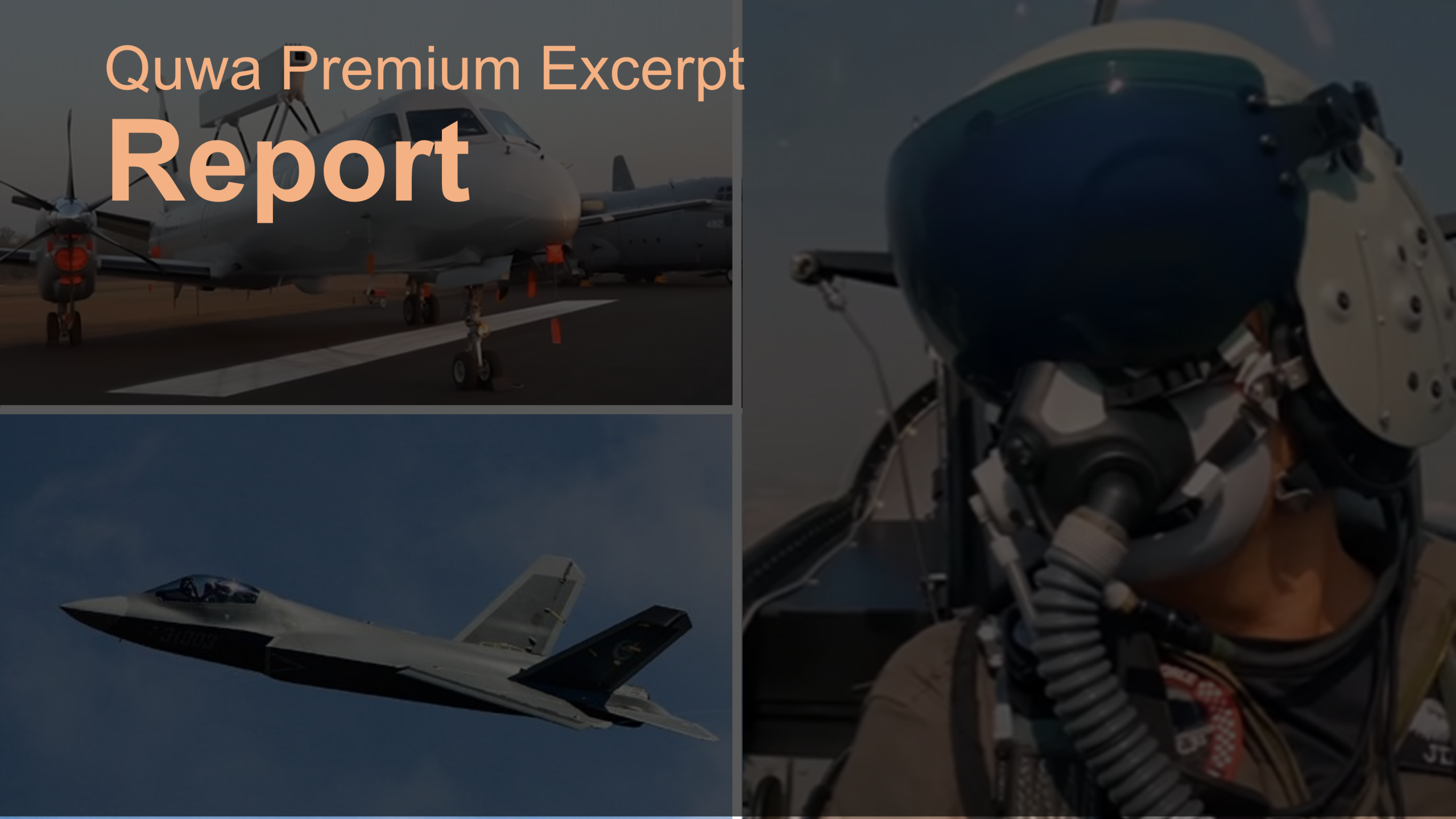Lockheed Martin’s new Dual Mode Plus laser-guided bomb (LGB) recently completed two successful flight tests at the Naval Warfare Center Weapons Division in California (Lockheed Martin).
The Dual Mode Plus Paveway LGB utilizes a semi-active laser-homing (SALH) seeker in conjunction with a GPS-aided inertial navigation system (INS), which is used on the Joint Direct Attack Munition (JDAM). In effect, the Dual Mode Plus is basically a combined LGB-PGB (short for precision guided bomb).
According to Joe Serra, the Precision Guided Systems director at Lockheed Martin Missiles and Fire Control, the “Dual Mode Plus benefits from the reliability and affordability of the Paveway™ II Plus LGB system while integrating a GPS/INS, all-weather moving target capability.”
As with current Paveway and JDAM iterations, the Dual Mode Plus is a guidance kit for converting general purpose bombs (GPB) such as the Mk-82 (227 kg), Mk-83 (460 kg) and Mk-84 (925 kg).
Comment and Analysis
Lockheed Martin is basically aiming to offer a single guidance kit for all ground attack missions, from close air support (CAS) against moving targets to striking fixed installations. In theory, this should begin eroding the need to maintain parallel store and maintenance channels for the Paveway LGB and JDAM PGB.
With a single munition stream, one might imagine that the end-user would accrue additional flexibility in terms of ground-attack mission planning and execution. For example, a sortie sent out for close air support (CAS) missions against moving targets could be pivoted – while in-flight – to attack more distant targets (using the INS/GPS). Alternatively, if weather or battlefield conditions reduce the utility of a targeting pod (necessary for SALH), the fighter could switch to INS/GPS (potentially using location data sent by personnel on the ground or unmanned aerial vehicles).
There are caveats to this approach. At this time, it does not appear as though the Dual Mode Plus utilizes the JDAM’s range-extension kit (REK). The JDAM Extended Range (ER) enables the PGB kit to push Mk-83 and Mk-84 bombs at stand-off range. While the JDAM-ER’s range has not been disclosed, existing REKs for GPBs available on the market typically reach 40-60km.
It is likely that Lockheed Martin will position the Dual Mode Plus as primarily a robust CAS tool, and begin pushing the JDAM series towards stand-off range strike. It will not be surprising to see Lockheed Martin engage in a strong export-focused marketing push with the Dual Mode Plus.
In fact, Lockheed Martin is not the only vendor shifting to the “dual seeker” model. For example, Turkey’s Roketsan unveiled its Teber series laser-guided bombs (developed by TÜBİTAK) at the Singapore Air Show in February. Like the Paveway Dual Mode Plus, the Teber is a kit with a combined SALH and INS/GPS seeker for Mk-81 and Mk-82 GPBs.




